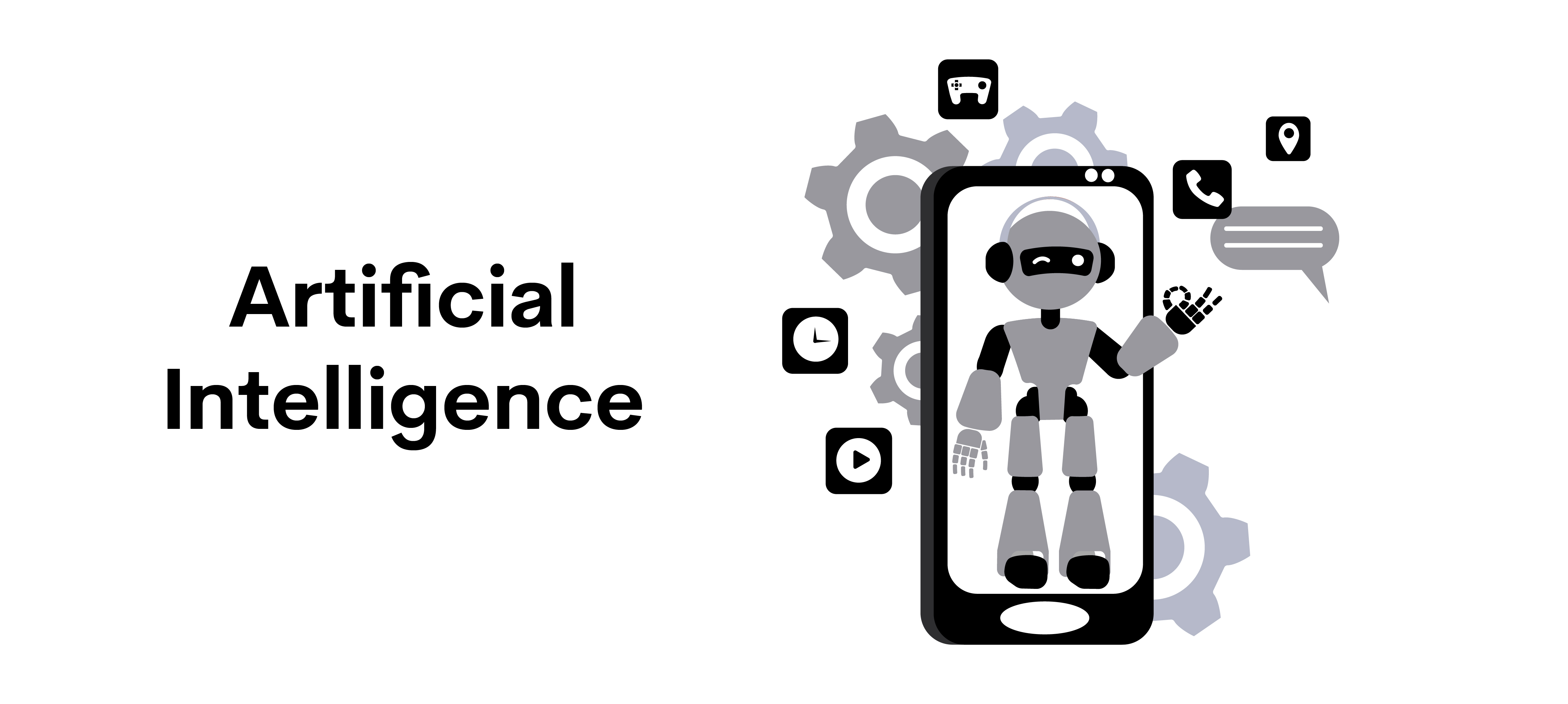
Narrow AI is AI that is programmed to perform a single task — whether it’s checking the weather,
being able to play chess, or analyzing raw data to write journalistic reports.
The rapidly
growing field of bots serves as an excellent example of narrow AI at work. In its simplest form, a
bot is a piece of software than can run automated tasks that are generally simple and repetitive in
nature.
Bots can provide answers to questions like, “What’s the weather going to be like
today?” “Where should I go for dinner?” “How many visitors came to our website last month?” and so
on. Bots pull data from larger systems and deliver just the answer you’re looking for – whether it’s
from a weather site, a restaurant recommendation engine, or a web analytics platform.
ANI
systems can attend to a task in real-time, but they pull information from a specific data-set. As a
result, these systems don’t perform outside of the single task that they are designed to perform.
Narrow AI is AI that is programmed to perform a single task — whether it’s checking the weather,
being able to play chess, or analyzing raw data to write journalistic reports.
The rapidly
growing field of bots serves as an excellent example of narrow AI at work. In its simplest form, a
bot is a piece of software than can run automated tasks that are generally simple and repetitive in
nature.
Bots can provide answers to questions like, “What’s the weather going to be like
today?” “Where should I go for dinner?” “How many visitors came to our website last month?” and so
on. Bots pull data from larger systems and deliver just the answer you’re looking for – whether it’s
from a weather site, a restaurant recommendation engine, or a web analytics platform.
ANI
systems can attend to a task in real-time, but they pull information from a specific data-set. As a
result, these systems don’t perform outside of the single task that they are designed to perform.
Artificial general intelligence (AGI), also referred to as strong AI or deep AI, is the concept of a
machine with general intelligence that mimics human intelligence and/or behaviors, with the ability
to learn and apply its intelligence to solve any problem. AGI can think, understand, and act in a
way that is indistinguishable from that of a human in any given situation.
AGI is expected to
be able to reason, solve problems, make judgements under uncertainty, plan, learn, integrate prior
knowledge in decision-making, and be innovative, imaginative and creative.
General AI (AGI)
is what every researcher is aiming to create. While narrow AI deals with specific tasks, AGI has a
much broader reach. This type of artificial intelligence will blow humans out of the water when it
comes to cognitive tasks. Think of androids or robots that look and act human, but are smarter,
faster, and stronger.
Artificial super intelligence (ASI), is the hypothetical AI that doesn’t just mimic or understand
human intelligence and behavior. ASI is where machines become self-aware and surpass the capacity of
human intelligence and ability.
Superintelligence has long been the muse of dystopian science
fiction in which robots overrun, overthrow, and/or enslave humanity. The concept of artificial
superintelligence sees AI evolve to be so akin to human emotions and experiences, that it doesn’t
just understand them, it evokes emotions, needs, beliefs and desires of its own.